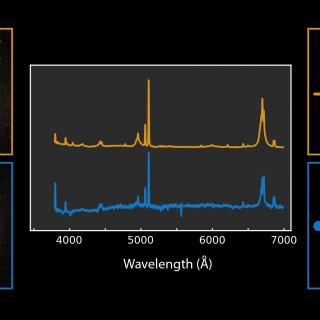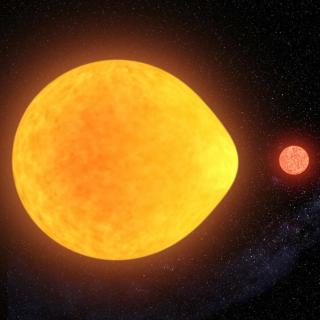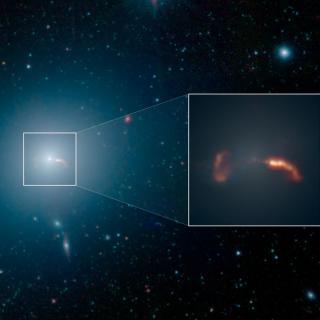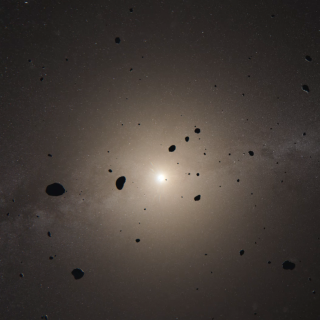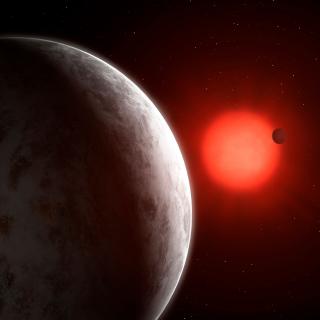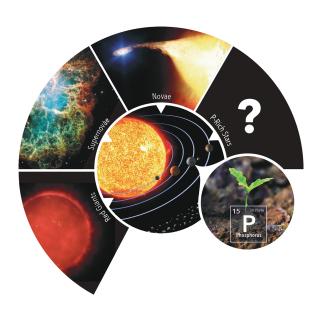
The journal Nature Communications today is publishing the discovery of a new type of stars, very rich in phosphorus, which could help to explain the origin of this chemical element in our Galaxy. This achievement has been made by astronomers of the Instituto de Astrofísica de Canarias (IAC) and researchers in computer science from the Centre for Research in Information and Communication Technology (CITIC) at the University of La Coruña (Galicia).
